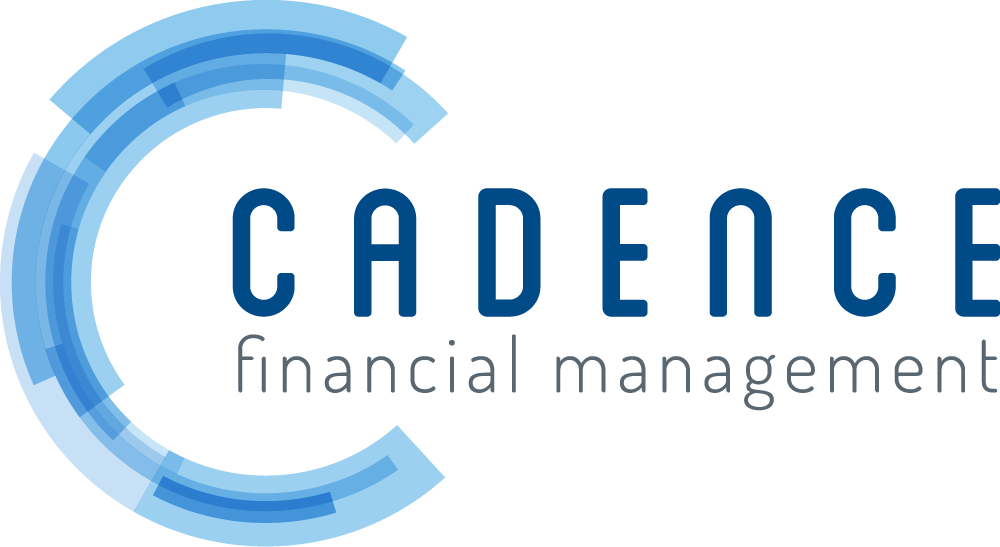Avoiding Social Media Pitfalls in Retirement Planning
Americans are increasingly getting financial and retirement planning guidance from social media, risking exposure to misinformation, harmful advice and outright scams. Alarmingly, this includes almost eight in 10 millennials and Gen Zers. Workers turning to these platforms can undercut the benefit of employer-sponsored financial wellness initiatives and put themselves at risk. But there are ways to help ensure sound advice prevails.
Offer short-form financial literacy content. Don’t rely solely on lengthy written articles and extended information sessions to provide financial wellness programming. When appropriate, offer tips and lessons in convenient, bite-sized formats, such as listicles, easily digestible infographics, or answers to FAQs.
Incorporate video content. Use platforms like YouTube shorts or Instagram Reels as inspiration and develop quick, informative content on relatable financial subjects. And don’t worry, you won’t need to dance through it like a viral TikTok — just make engaging videos on topics of value to employees.
Leverage your own influencers. Encourage employees to share success stories or testimonials about using company financial resources and retirement benefits as a way of building trust and credibility in your organization’s voice. Include representation from a diverse cross-section of ages, cultural groups and gender.
Employ gamification. Incorporate gamification elements into financial education. Design interactive quizzes or games that employees can take part in. Create 30-day challenges with tasks aimed at improving financial literacy and wellness, offering incentives for participation and completion.
Launch a Mythbusters Series. Get ahead of misinformation by addressing common financial myths that frequently circulate on social media and debunk them with factual information. Use engaging formats like podcasts, blog posts or even live Q&A sessions where experts tackle these misconceptions and provide clear, accurate and prudent financial guidance.
Develop a Financial Wellness Resource Hub. Build an internal online content hub where employees can easily access a curated collection of reputable financial resources, tools and reading materials in a variety of formats. Regularly update it with fresh content, including articles, guides, calculators, and links to external resources vetted by qualified financial professionals.
Share cautionary tales. Highlight examples in the news of misfortunes that have befallen those following unvetted financial information on social media and stress the importance and value of personalized advice from qualified financial professionals. Share warning signs participants should be on the lookout for, such as a profit incentive for those offering financial advice online or shortcuts to wealth building that seem too good to be true.
If your employees have any interest in financial advice, it’s almost certain that search algorithms are serving up investment and other related content to them on TikTok and other platforms. Do all you can to encourage healthy information hygiene to help foster informed and responsible financial decision-making.
Sources:
https://www.forbes.com/advisor/investing/financial-advisor/adults-financial-advice-social-media/
This material was created to provide accurate and reliable information on the subjects covered but should not be regarded as a complete analysis of these subjects. It is not intended to provide specific legal, tax or other professional advice. The services of an appropriate professional should be sought regarding your individual situation. The material presented was created by RPAG. Securities, investment advisory, and financial planning services offered through qualified registered representatives of MML Investors Services, LLC. Member SIPC (www.sipc.com). Supervisory Office: 16 Campus Blvd, Newtown Square, PA 19073. Cadence Financial Management, LLC is not a subsidiary or affiliate of MML Investors Services, LLC or its affiliated companies. ACR# 6373176 02/24
